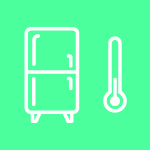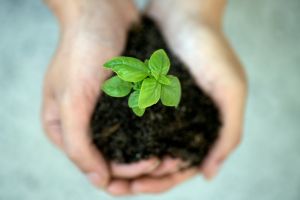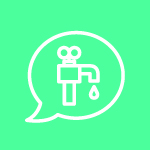Energy saving tips
Reduce Your Energy Consumption – Good for Both Your Wallet and the Environment!
Small changes in your daily habits can make a big difference in your energy consumption. If you have individual metering and billing (IMD) for electricity and/or hot water, you can influence your costs.
By using energy more efficiently, you can save money while also contributing to a more sustainable environment.
Read about how IMD works here.
What is CSB doing to save energy?
A few examples:
- Optimizing the properties by, for example, replacing worn-out pumps and fans with more efficient versions.
- Replacing taps and shower heads for economical flushing.
- Installing more effficient washing machines
Tips for what you can do to save energy
General tips
- Swich to LED- and low-energy light bulbs
- Turn off electronics when you leave a room
- Turn off electronics such as computers and televisions when not in use

Use a kettle when boiling water
Calculation example:
If you can replace about 2 liters of boiling water in a saucepan with a kettle every day, you save 40–50 kWh/year and if you don’t always heat the water to 100 degrees, you save another 10–15 kWh.

Have the right temperature in the frige (+4 degrees) and freezer (-18 degrees).
Calculation example:
For each degree of extra cold, you increase energy consumption by 5–10 percent. A fridge/freezer usually uses 150–250 kWh/year. If you can raise the temperature by 3 degrees, you can save 30 kWh/year.
Adapt the size of the pan to the plate
Calculation example:
If the hob is 1 cm larger than the pan, energy consumption increases by 20 percent. You can save 50–100 kWh/year
Take short showers and turn off the water while you lather up
Calculation example:
A short shower of five minutes instead of a fifteen minutes can reduce energy use for hot water by 500 kWh/year per person.
A dripping faucet can draw as much energy and water in a day as a shower. If the tap is dripping for a whole year, it is equivalent to 100 filled bathtubs with water.
More energy saving tips





